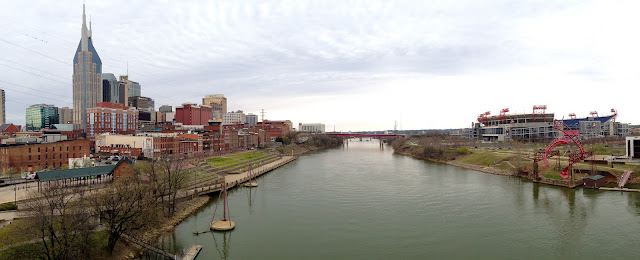11:02 I'm on my way. I make my way through Indian Pass, then Apalach, then Eastpoint, I turn north on SR 65, pass through Sumatra, which could tell a few stories. Finally, a little after noon I turn onto Forest Road 123. I should have been here three hours ago at least. This is not a good time to be searching for RCWs.
And then I see it, two trucks, kids in the back of one. Oh my, this is not good, I need peace and quiet, no disturbance of any kind. I slink into the pull-off beside one of the trucks. Three adults are munching on sandwiches. I power my window down. "I'm looking for woodpeckers," I drawl trying to sound chipper. The girl in the sunglasses, looking like a movie star with short cropped hair frosted in two tones, says, "You're in the right place, we're RCW biologists." If I wasn't already sitting, I would have fallen down. Are you kidding me. "My name's Sarah, this is Joel and that's Joe. We're checking on some red-cockaded woodpecker groups in this area. We call them RCWs for short. We don't even use the AOU abbreviation RCWO, just RCWs." Wow, from what was a dismal morning, my day is turning golden. My odds of seeing this endangered species has now become a real possibility.
The red-cockaded woodpecker has been listed endangered since the 1970s. It is found only in mature longleaf pine savannahs and most of this habitat has been cut and logged. However, here in the Apalachicola National Forest, biologists like Joel are micro managing this species in such a way that through banding of chicks they know each and every individual bird. And the species is thriving to the point where some birds are used in restocking programs through the southern States. It is very much a success story, which unfortunately is not being promoted as well as it could be.
Joel gives me directions to two areas nearby where I have an excellent chance of seeing an RCW. We exchange emails and I'm on my way. I stop at the first site. Turn off the engine. I walk carefully through the savannah being careful not to step on anything that would make noise. A number of mature pines have white rings painted on them. They each have a cavity. The RCW excavates a number of cavities but only uses one, the others are for roosting at night. Usually the one that is used secretes the most sap and resin which is a deterrent to tree-climbing snakes. Yikes! Sarah has told me that I will hear them first. They travel in small groups. Their call sounds similar to a squeaky toy played with by a dog. But all is quiet, eerily quiet. I move on to the next site. The same thing. Not a sound. I backtrack to where I met Sarah, Joel and Joe and drive slowly along the forest road.
 |
| Longleaf Pine Savannah - note trees with white rings |
 |
| Pine cavity - note sap around entrance |
 |
| Two RCWs - note the diagnostic white cheek patch |















